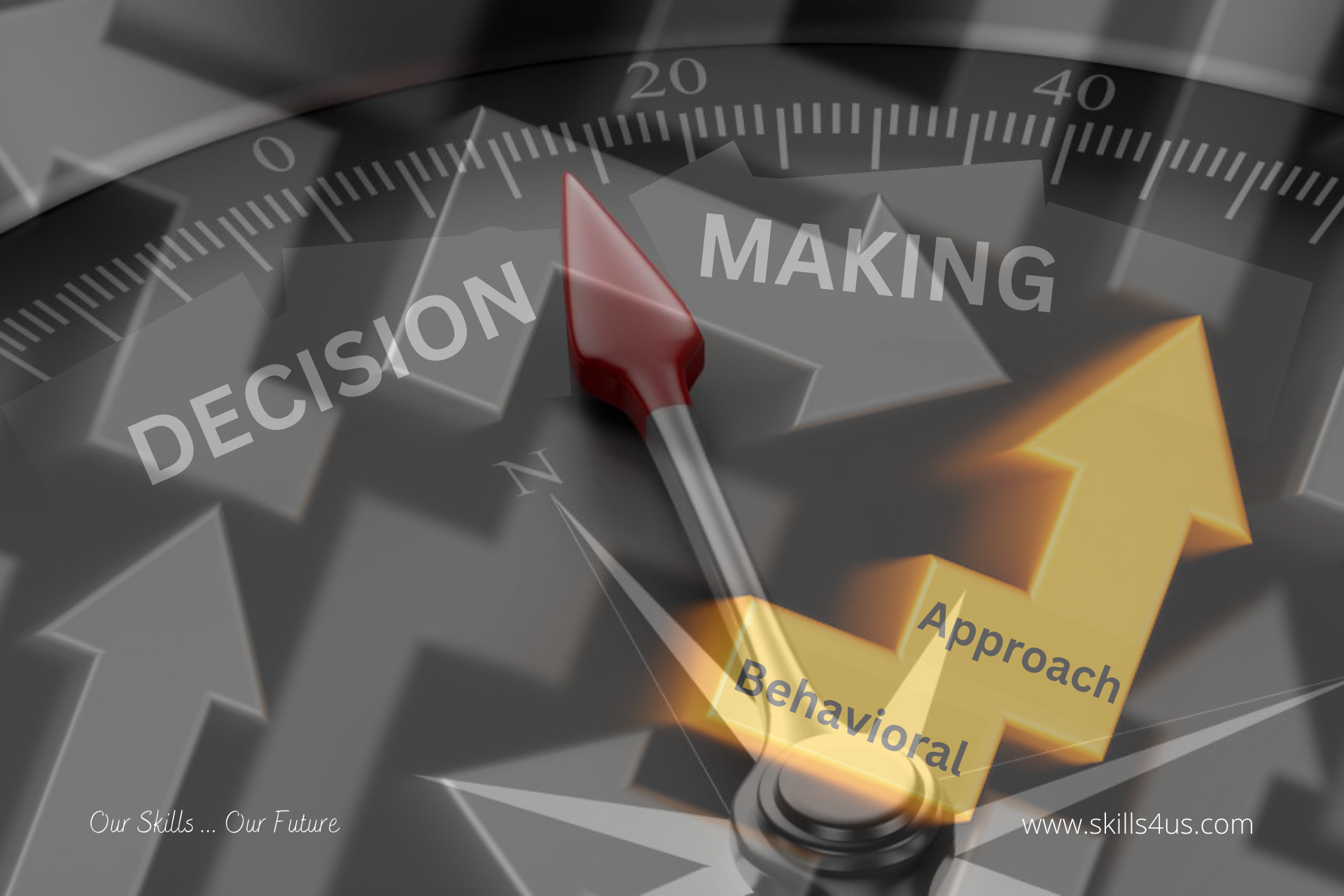Every day is a series of decisions, and most people have different decision-making approaches. Understanding your preferred approach can give you the confidence to make and implement decisions. Note that behavioral aspects are fundamental in every decision-making process, as the behavioral approach emphasizes the personal relationships and feelings of the individuals involved. Therefore, leaders with a behavioral decision-making approach prioritize team cohesion and aim to create a positive work environment, considering the long-term impact of their decisions on relationships within the team. Therefore, the behavioral approach of decision-making focuses on relationships more than the task by evaluating the feelings of others as part of the decision-making process.
Advantages of the behavioral approach in decision-making
1. Strong relationships
This approach prioritizes building and maintaining strong relationships between team members. This promotes trust and open communication, promoting teamwork and collaboration.
2. Diversity of ideas and viewpoints
This approach encourages input and feedback by valuing diversity of ideas and perspectives, leading to inclusive decision-making. This leads to more creative solutions and better problem-solving.
3. Positive and supportive work environment
Managers who use this approach focus on creating a positive and supportive work environment. This can improve employees’ morale, job satisfaction, and overall well-being, making them more motivated and productive.
4. Flexibility and adaptability
The flexible nature of the behavioral approach of decision-making allows for the ability to adapt to different situations. He recognizes that not all decisions can follow a defined process and that circumstances may require adjustments. This ability to adapt can lead to more flexible responses to challenges.
5. Reduce conflicts
By involving team members in decision-making and valuing their feelings and opinions, a behavioral decision-making approach can reduce the likelihood of escalating and resolving conflicts.
Disadvantages of the behavioral approach in decision-making
1. Long time consumption
One notable downside of the behavioral decision-making approach is that it can be time-consuming. It requires time to seek input and build consensus among team members. It slows decision-making, which may be impractical in situations requiring quick responses.
2. Influenced by feelings and personal relationships
In some cases, the emphasis on maintaining relationships and seeking consensus can cause decisions that influence more by personal feelings and relationships than by objective criteria.
3. Lack of clarity of responsibilities
Sometimes, this decision-making approach may lead to a need for more clarity of responsibilities in decision-making. Too many people are involved, which may lead to confusion or accountability issues.
4. Focus on collective agreement
Groupthink occurs when team members are so focused on maintaining harmony and agreement within the group that they must evaluate their decisions critically, leading to poor decision-making outcomes. This can reduce creativity and lead to poor decisions.
5. Ineffectiveness in stress and crises
The behavioral approach of decision-making may need to be better suited for high-pressure or crises that require quick and decisive action. In such cases, the need for consensus and intense cooperation may hinder the organization’s ability to respond effectively.
6. Cognitive biases
Decisions can be influenced by cognitive biases, such as confirmation bias, anchoring bias, and hindsight bias, leading to decisions based on inaccurate or incomplete information.
7. Emotional bias
Emotions can play a vital role in decision-making, and decisions based on emotions rather than rational thinking can lead to poor outcomes.
8. Limited resources
When resources are limited, decisions must be made with limited information, which may lead to decisions that must be better thought out or consider all possible outcomes.
The behavioral approach of decision-making studies the emotional, cognitive, and social processes humans use to identify and choose alternatives.
